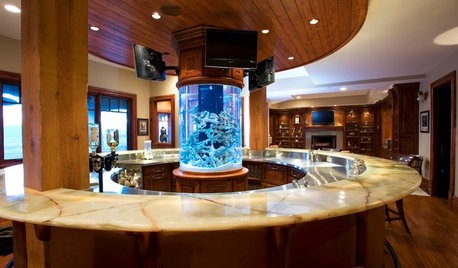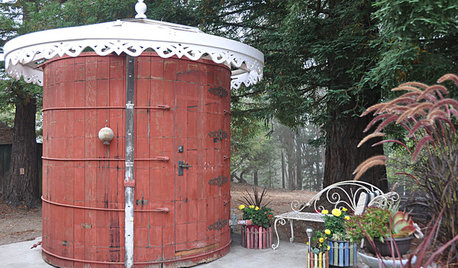can an oil tank be placed outside - not underground
maisoui1
16 years ago
Featured Answer
Sort by:Oldest
Comments (18)
Brewbeer
16 years agolast modified: 9 years agobaymee
16 years agolast modified: 9 years agoRelated Professionals
Elmhurst Solar Energy Systems · Glen Ellyn Solar Energy Systems · Lodi Solar Energy Systems · Paramus Solar Energy Systems · Burr Ridge Home Automation & Home Media · Dallas Home Automation & Home Media · Englewood Home Automation & Home Media · Greenville Home Automation & Home Media · Oceanside Home Automation & Home Media · San Fernando Home Automation & Home Media · West Palm Beach Home Automation & Home Media · Woodlawn Home Automation & Home Media · Aurora Fireplaces · Canton Fireplaces · Puyallup Fireplacesaaron_silver
16 years agolast modified: 9 years agomarkjames
16 years agolast modified: 9 years agogaryg
16 years agolast modified: 9 years agomaisoui1
16 years agolast modified: 9 years agobaymee
16 years agolast modified: 9 years agodon21
16 years agolast modified: 9 years agomarkjames
16 years agolast modified: 9 years agokalining
16 years agolast modified: 9 years agobas157
16 years agolast modified: 9 years agoBrewbeer
16 years agolast modified: 9 years agodaft_punk
16 years agolast modified: 9 years agomarkjames
16 years agolast modified: 9 years agofirst_timer
16 years agolast modified: 9 years agoDenise Lynne Nelson
6 years agomike_home
6 years ago
Related Stories

BASEMENTSWhat Lies Beneath: Cool Things to Build Underground
Ingenious designers are going below the surface in some amazing — and surprising — ways
Full Story
DECORATING GUIDESDesigning Nemo: 30 Fish Tanks Make a Decorative Splash
Bring an otherworldly glow and a calming vibe to your home with the living art of an aquarium
Full Story
LIFEThe Polite House: How Can I Kindly Get Party Guests to Use Coasters?
Here’s how to handle the age-old entertaining conundrum to protect your furniture — and friendships
Full Story
MOST POPULARThanksgiving Tales: When the Turkey Tanks
Houzz readers prove adept at snatching victory from the jaws of entertaining defeat
Full Story
OUTBUILDINGSSee an Outdoor Bathroom Made From a Water Tank
This repurposed fixture in a California backyard is now the owners' favorite bathing spot
Full Story
DECORATING GUIDESWall Art for Traditional Living Rooms Can Fit or Break the Mold
Tips on How to Pick a Piece That You Love, From Paintings to Mirrors, Classic to Contemporary
Full Story
LANDSCAPE DESIGNSmall Garden? You Can Still Do Bamboo
Forget luck. Having bamboo that thrives on a wee plot just takes planning, picking the right variety, and keeping runners in check
Full Story
MOST POPULARYou Can Turn That Into a Bathroom Vanity?
Find inspiration in 13 unconventional bathroom vanities that are as functional as the real deal
Full Story
BOOKSCan Tidying Up Result in Life-Changing Magic?
Organizing phenom Marie Kondo promises big results — if you embrace enormous changes and tough choices
Full Story
SMALL HOMESCan You Live a Full Life in 220 Square Feet?
Adjusting mind-sets along with furniture may be the key to happiness for tiny-home dwellers
Full Story







kalining